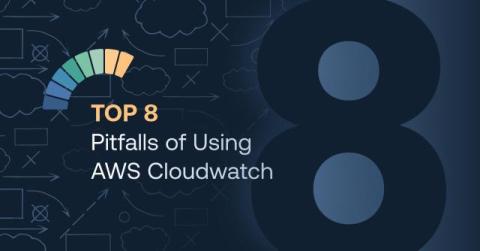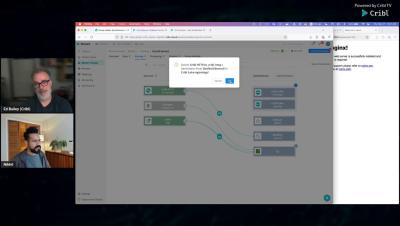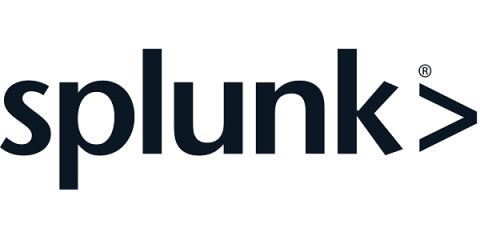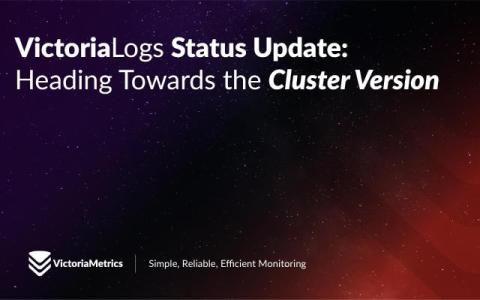Dashboard Studio: Your Dashboards, Now Guest-Friendly
In Splunk Cloud Platform 9.3.2411, we’re excited to announce support for publish dashboards, the button input, as well as a number of small enhancements that will level up your dashboarding experience.











